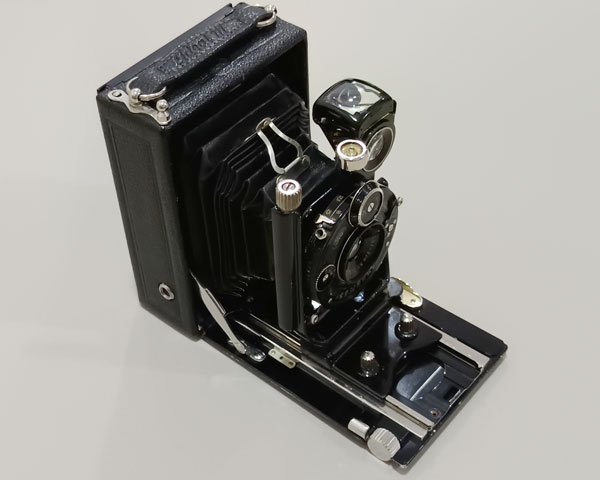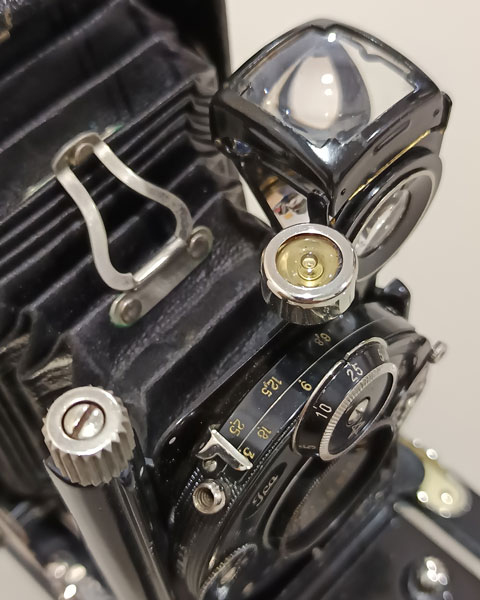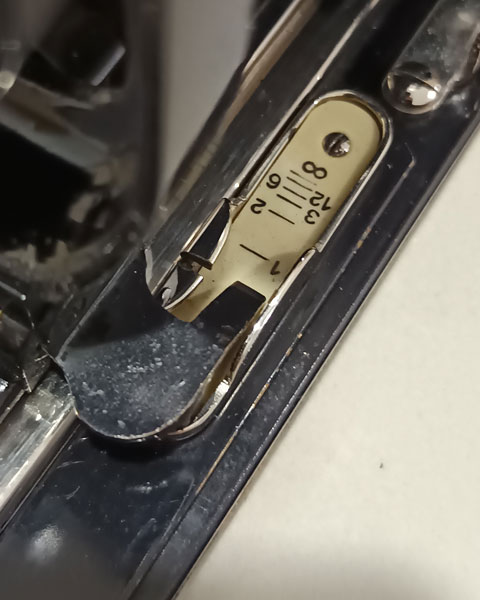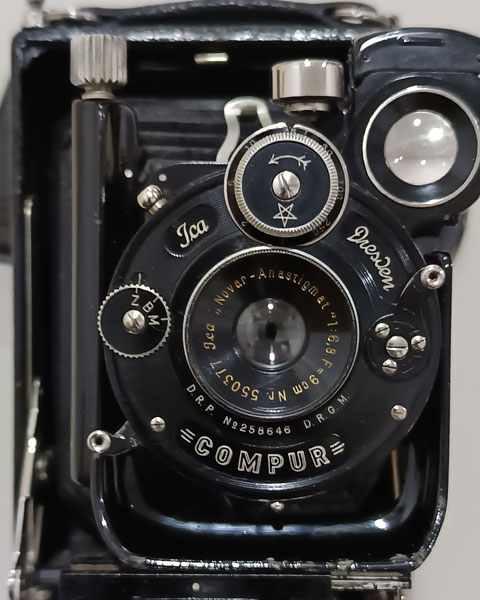The ICA Ideal camera was manufactured or assembled in Dresden, Germany from (approximately) 1910 to 1926, the last year it was called ICA as it was merged with other holdings under the name Zeiss Ikon.
ICA Ideal Model "111" or another name is "Model A" is a small folding camera using 6.5x9 cm plate and 2 1/4 x 3 1/4 inch film pack. It is a camera that is in the era of transition from dry plate coated glass to clear plastic film coated with a photosensitive substance, both in sheet film pack and 120 film rolls that are still in use today. There are many types of lenses. Looking at the camera, it was originally designed to be used with dry plate glass and plastic film, called Sheet Film Pack. I tried to find additional equipment that allows it to be used with roll film, called Roll Film, so this camera can be used with many types of film. ...
 Details and prices of the ICA catalogue at that time, around 1925.
Details and prices of the ICA catalogue at that time, around 1925.
The ICA Ideal 111 is considered a high quality camera, both in terms of its many adjustable functions and the quality of the lens at that time. The ICA catalog has pictures and details of the camera. The price, looking at the cheapest model, is $40. If you compare the price from 1925 to the present (2024), you will get about $721 , which is 25,000 baht, a little less.
Let's take a look at the details of this camera. What were the high-priced cameras of that era and how were they used?

The ICA Ideal 111 is a foldable camera, making it compact and portable.



Pressing the button on the top of the camera opens the front cover, revealing the lens assembly and the lens ejection rail.
Grasp the two buttons on the front of the lens, squeeze and pull the lens out as far as it will go, and the camera is ready to use.

The front of the camera when unfolded and the details of this lens.
When unfolded, the front of the camera consists of the lens set, the lens up-down dial, the viewfinder, the spirit level.
On the slide rail, if you turn the camera away from you, there will be a focus adjustment button on the right, the lens slide rail in the middle, and the focus distance scale on the left.

Details of this lens.
Normally, a camera of this size will see that it is an F=10.5cm lens, but this one is F=9cm, giving a wider angle of view.
It is an Ica "Novar-Anastigmat" 1:6.8 F=9cm COMPUR shutter lens.
Clockwise, at the top, at 12 o'clock, there is a round dial for adjusting the shutter speed.
At 3 o'clock, there is a shutter trigger, which is not needed when using Z (Time) and B (Blub).
At 4 o'clock, there is a small round silver button on the edge of the lens for adjusting the aperture value (f).
At 8 o'clock, there is a shutter release.
At 9 o'clock, there is a round dial for changing shutter modes, Z (Time), B (Blub), and M, which release the shutter at the set time.
And at around 10 o'clock, there is a slot for the shutter release cable.

On the top of the lens, you will see the numbers showing the shutter speed on the dial and the aperture value on the side of the lens.On the right side of the lens is the high-low adjustment button of the lens. On the left side is the viewfinder, which can be rotated vertically, horizontally, and with a spirit level.



On the left rail, there is a lens lock and a focus distance dial. When pulled all the way, the lens will be locked. You must first pull out the latch behind the focus dial before you can turn it for focus distance. This camera tells the distance in meters.


On the top of the bello, there is a lock when in normal use. Release the lock and slide the rail out. It will extend the bello by 2 times, allowing you to take close-up or macro 1:1 photos as close as 9 inches to the object.



The right side of the camera is simple with a tripod thread slot. The left side is plain. The back side has a hood and a Ground Glass for viewing and focusing.


Brilliant Viewfinder Rotating viewfinder that can be adjusted vertically and horizontally with a spirit level.
The lens height adjustment dial is up and down



The lens can be adjusted up and down (Rise and Fall).



อีกทั้งยังสามารถปรับ เลื่อน ซ้าย-ขวา ได้ (Shift)


On the top of the camera, on the right hand side, there is a button to release the back panel to change the film holder. In the picture, it is a holder for the glass film that comes with the camera.


This ICA Ideal 111 camera at that time was produced to use with glass film and sheet film,
Pack Film type, as shown in the picture on the left.
On the right, I have a holder for 120 roll film. I tried to apply it and tested it. It works well, but you have to be careful when using it.

Currently in use, Pack Film in sheet form is no longer available, so it is not possible to try shooting.
Ready-to-use set, a holder for Dry Plate glass film, which is still being sold today.
And the holder for 120 roll film, which is still in use today, is now ready to go out and take pictures.
Sample photo from ICA Idel 111 (Model A)
 No.001
No.001
ICA Ideal 111 : Novar-Anastimat 9cm f6.8
J. Lane Dry Plate 6.5x9cm ASA2
f25 : 30 min.
HC-110 Dilution B : 5mins
The two photos above were taken in the same position, with both dry plate glass film and black and white 120 roll film.
Let's compare them. This photo was taken in the shade, with no sunlight.
The exposure time was 15 minutes, because ISO2 dry plate needs to be doubled if it exceeds 2 minutes.
Luckily, no one was walking by during those 30 minutes, the light did not change much, and there was no sun at all.
 No.002
No.002
ICA Ideal 111 : Novar-Anastimat 9cm f6.5
J. Lane Dry Plate 6.5x9cm ASA2
f25 : 40 Sec.
HC-110 Dilution B : 5mins
Glass film can only absorb ultraviolet light. Note the Buddha image inside. Dry Plate glass film will not show it at all.
The ability to Rise the lens by moving the lens up helps to take beautiful, straight architectural photos.This photo is a full-film photo, not cut, cropped, or adjusted Perspective.






Comments powered by CComment